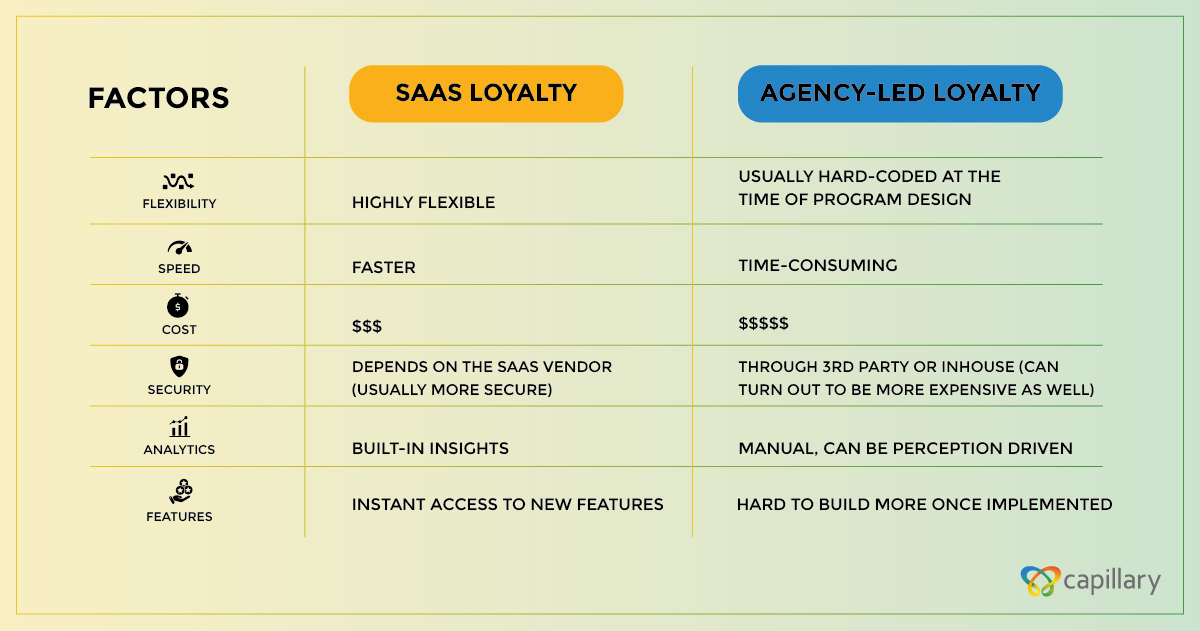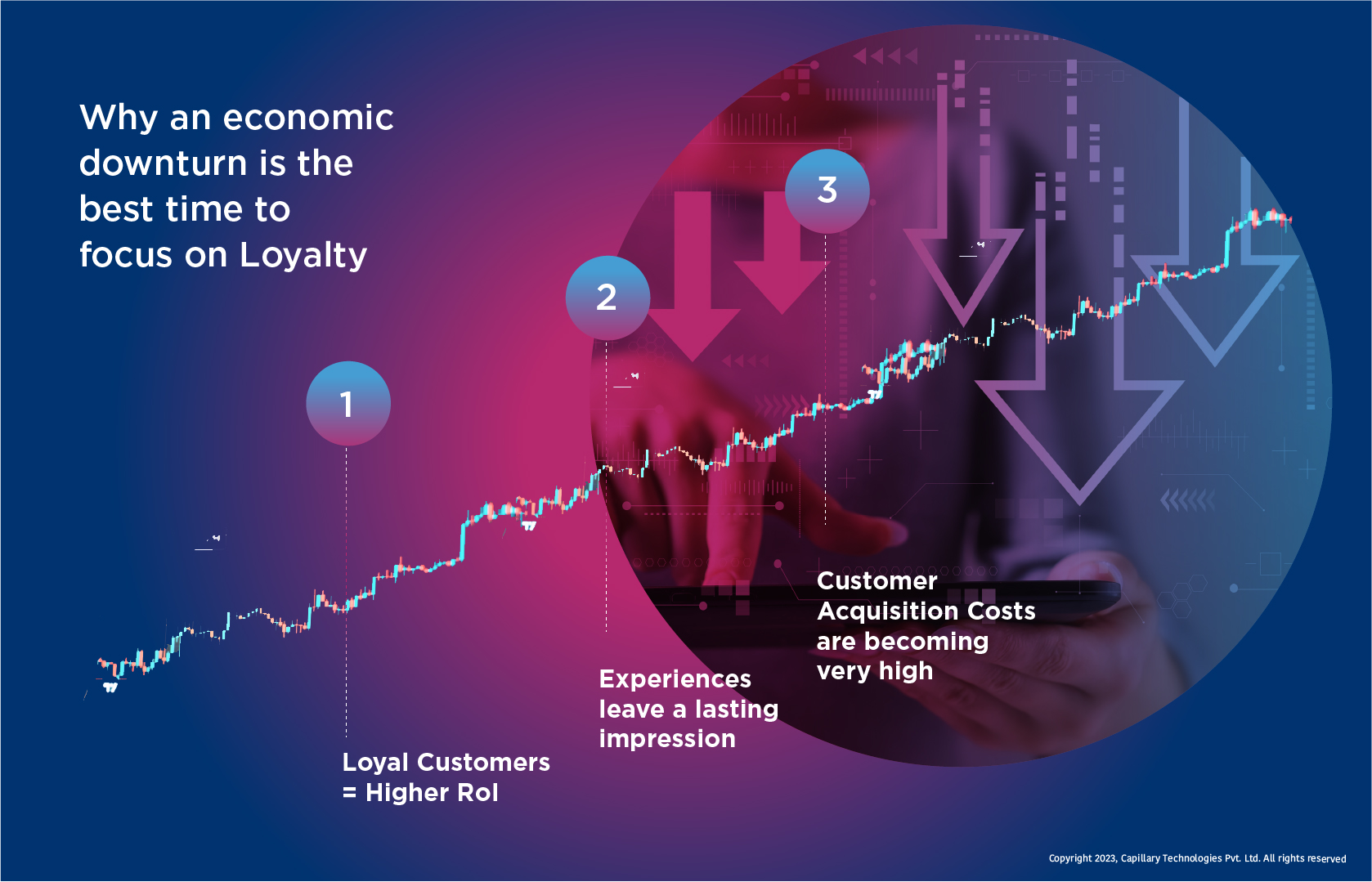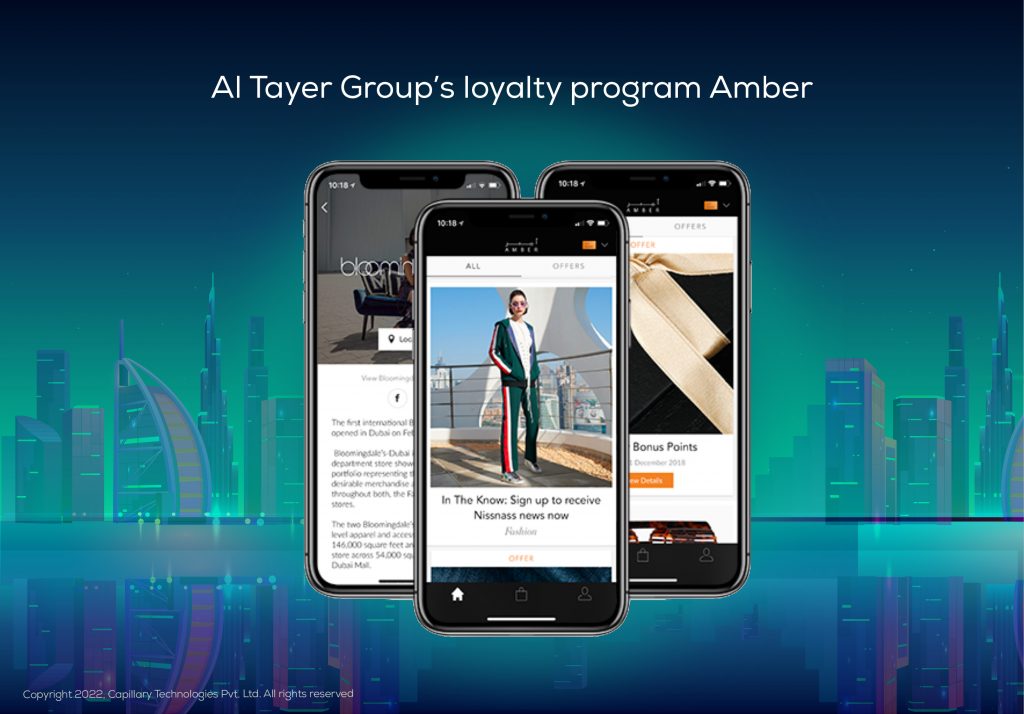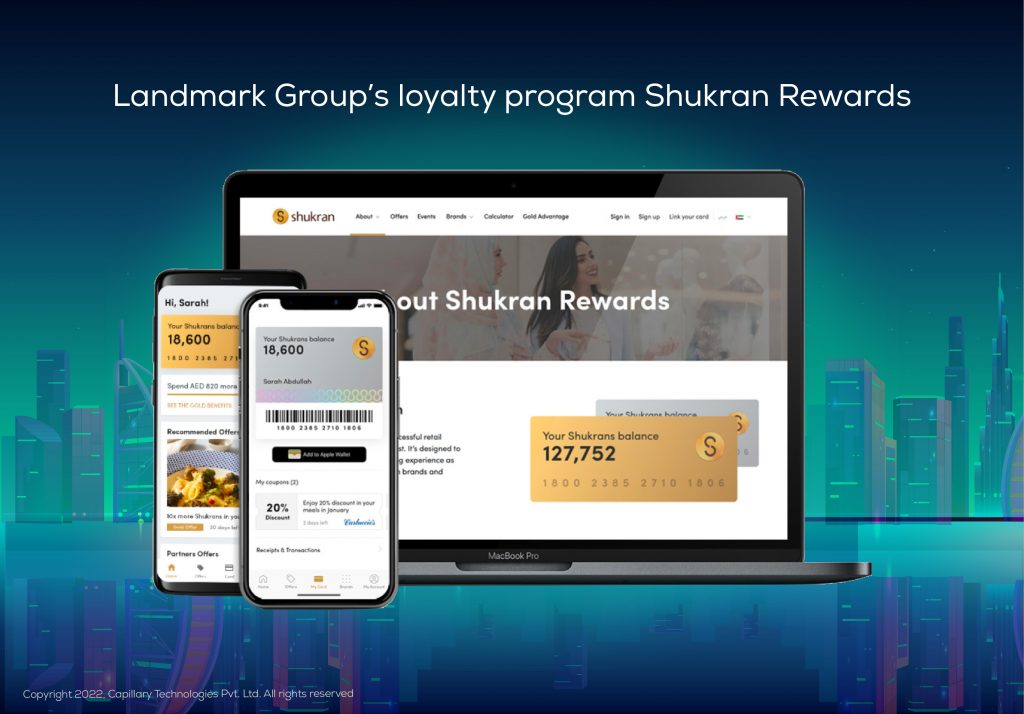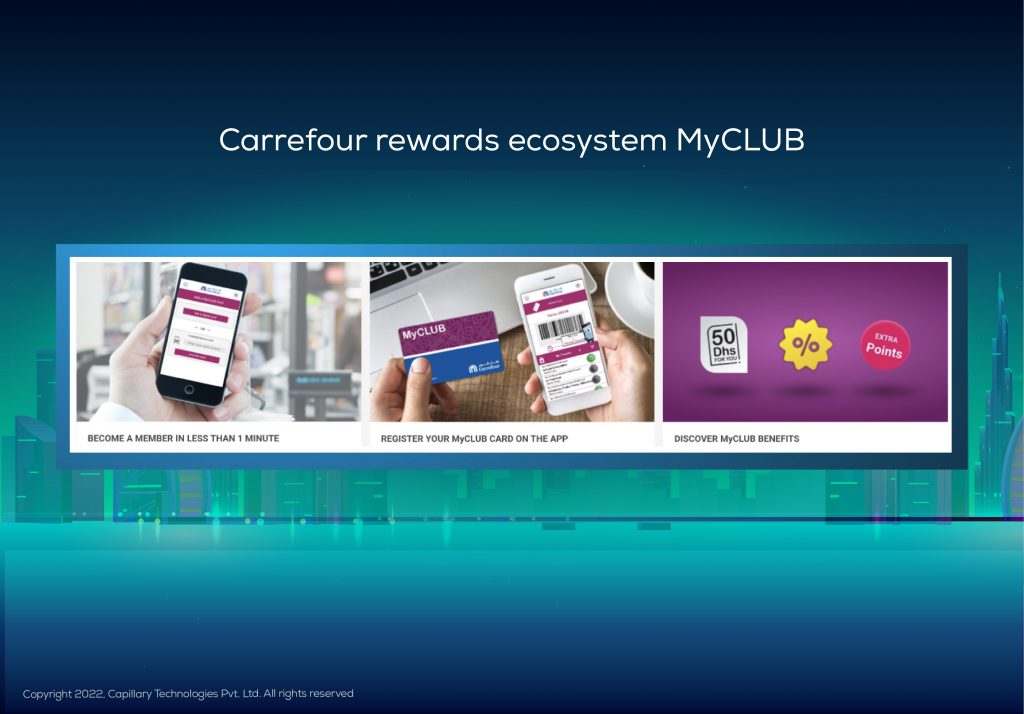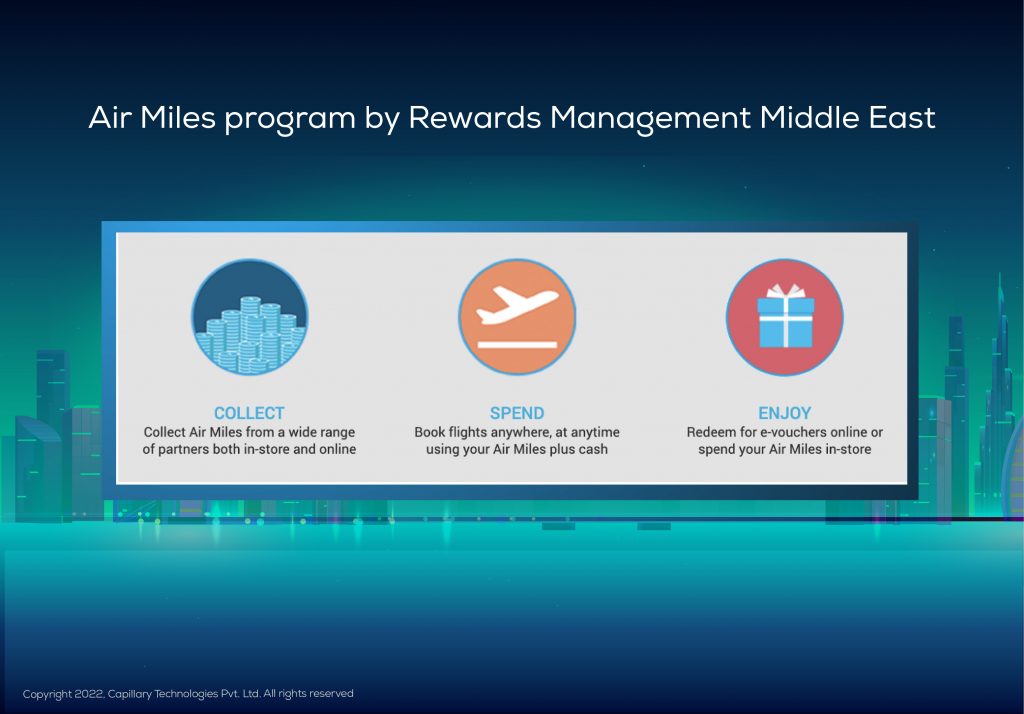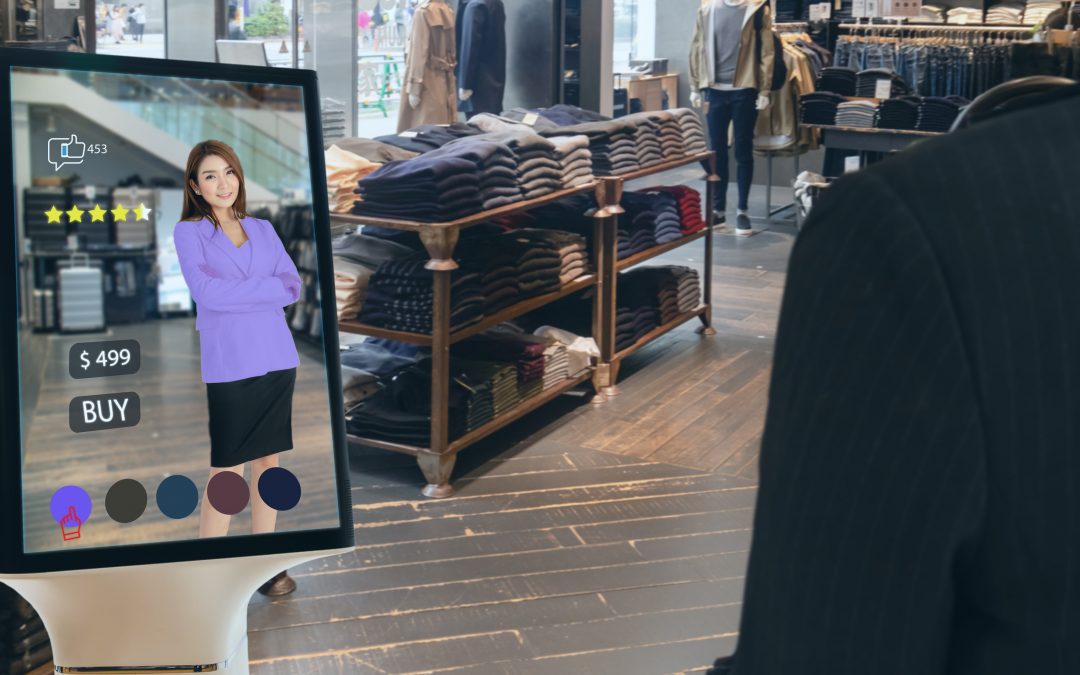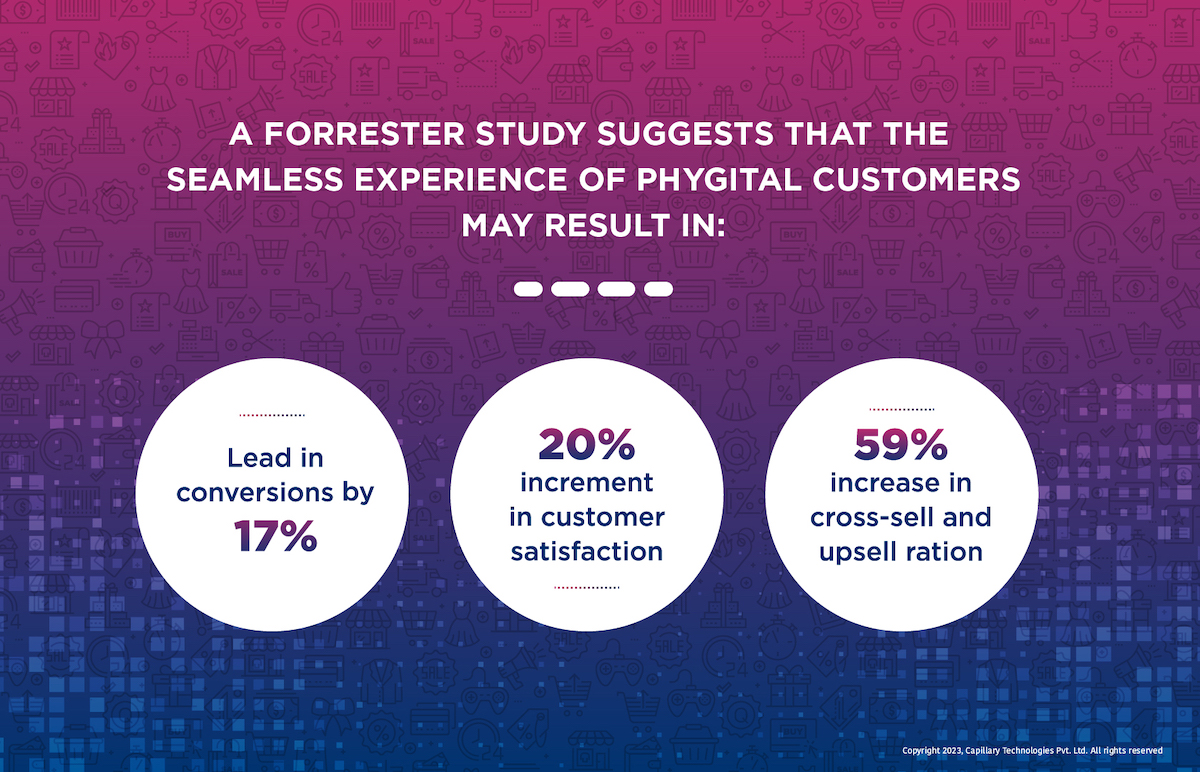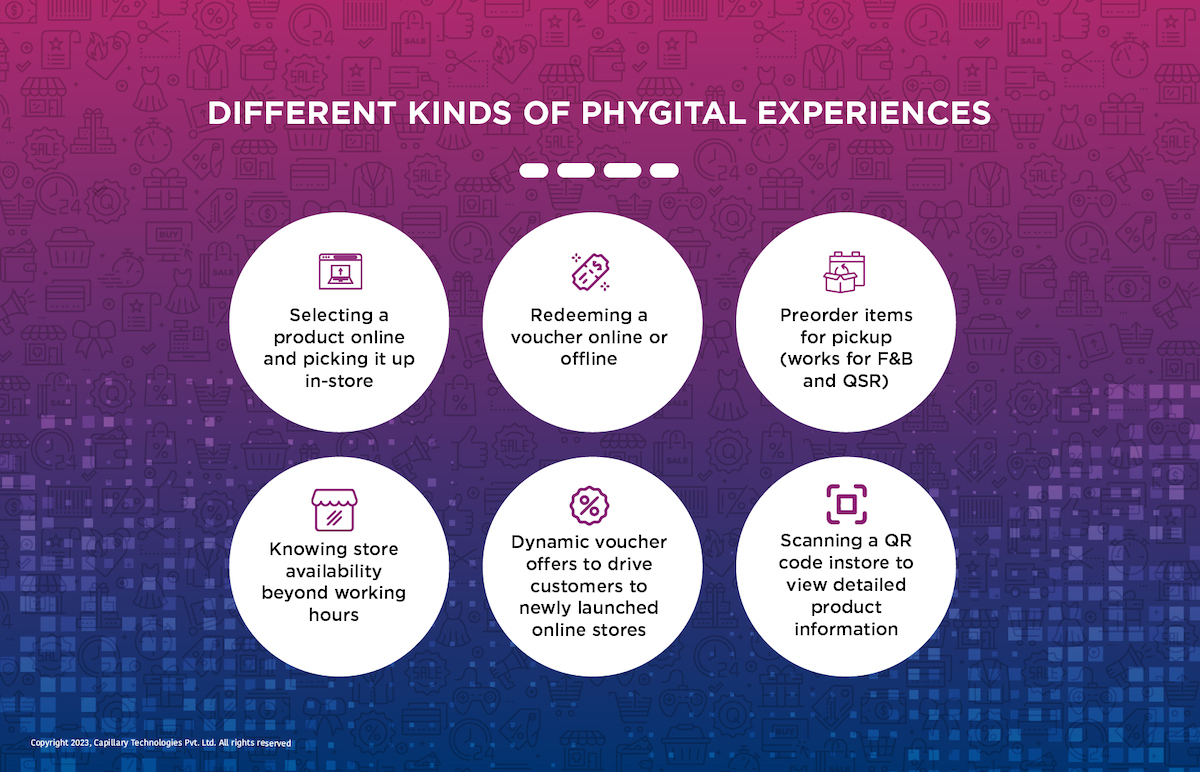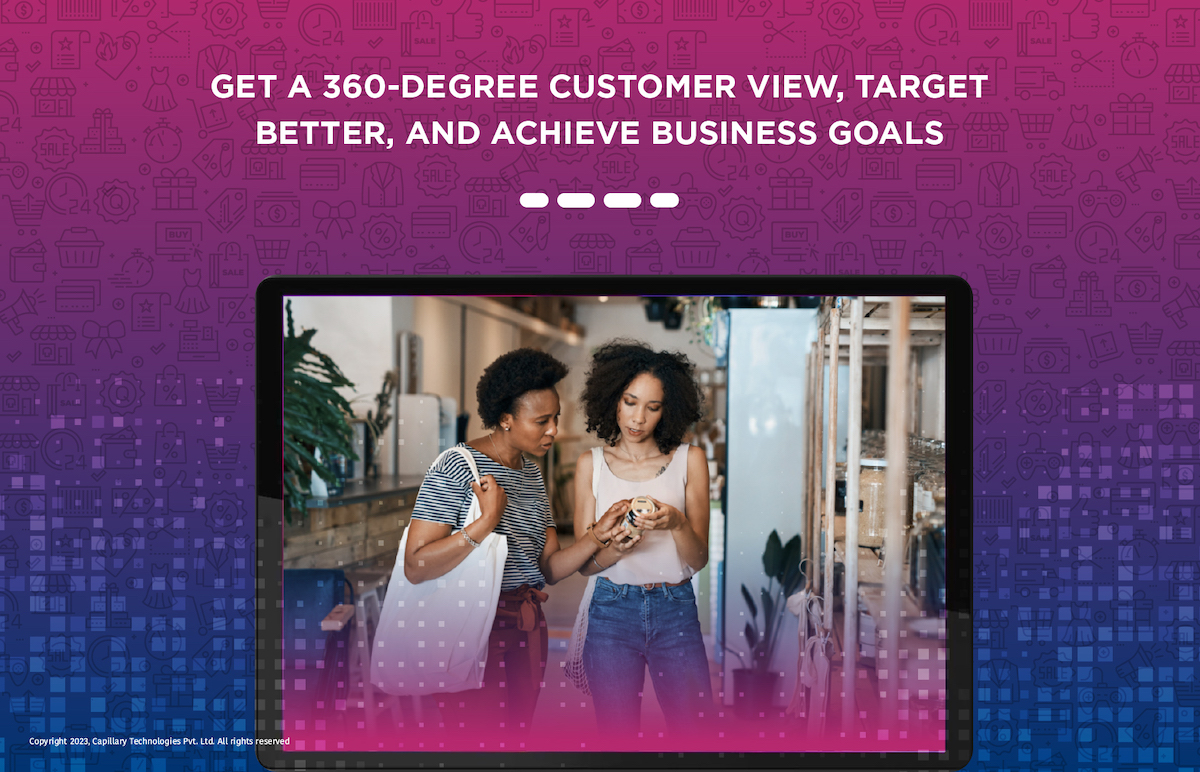Loyalty has become the bedrock of sustained brand success. With consumers more selective than ever in 2025, knowing how to improve brand loyalty can fuel long-term growth and fortify your competitive edge. Through thoughtful loyalty management, companies can engage customers consistently, foster repeat business, and create deeper, more authentic connections.
In this article, we explore proven strategies for enhancing customer loyalty rewards, personalizing experiences, and leveraging data-driven insights. Whether you aim to grow brand loyalty from the ground up or refresh an existing loyalty program, these tips will help you foster lasting relationships and build a stronger brand presence in the marketplace.
What is a Brand Loyalty Program?
A brand loyalty program rewards a customer’s repeat purchasing behavior, this helps build a stronger connection between the brand and the consumer. In today’s competitive environment, businesses commonly use strategies like offering exclusive perks, discounts, and personalized experiences in their reward programs to increase brand loyalty and drive sustainable growth.
Brand loyalty addresses the most important requirements and needs of its customers. By analyzing customer behavior and shopping patterns, companies can refine their loyalty approach and create a loyalty program that resonates deeply with consumers. When this happens, price and convenience often take a back seat, as customers remain faithful to the brands that consistently address their needs.
Loyalty drives both long-term engagement and profitability, making an effectively executed brand loyalty program a cornerstone for business success.
Consumer Trends and Brand Loyalty
Consumer preferences and purchasing behaviors continue to shift in today’s fast-moving market. While certain habits remain consistent over time, others evolve rapidly, pushing companies to collect and analyze customer data on a regular basis. By tracking these trends and refining their marketing and promotional efforts, brands can strengthen loyalty strategies through dynamic reward programs, brand ambassadors, or omnichannel engagement. Word-of-mouth from influential spokespersons remains a potent tool, improving brand image, reinforcing trust, and attracting new customers.
However, ignoring emerging consumer demands can lead to dwindling market share, profits, and brand advocacy. Blockbuster serves as a cautionary tale of how failing to adapt can result in losing once-loyal customers. To ensure ongoing success, brands must consistently evaluate their products and services, updating them to meet changing needs and behaviors. Beyond merely satisfying consumers, companies need to consider robust customer loyalty programs that motivate repeat purchases.
In fact, 76% of customers agree that a brand loyalty program effectively fosters a strong bond between the customer and the brand. By offering meaningful rewards and experiences, these programs encourage repeat business and help enterprises grow brand loyalty even in a crowded marketplace.
Why a Well-Established Brand is Worth Billions
What does a good brand mean? How can a brand be valued at billions of dollars? After all, aren’t they simply the byproduct of clever marketing strategies and smart product positioning?
Brands bring in a sense of value to their customers, ensuring a promise that they will always deliver on quality and credibility. For example, if you are looking for running shoes, you might not look beyond Nike or Adidas. In case of cars, even if you have absolutely no inkling about them, you somehow have this subconscious realization that Mercedes makes good vehicles.
If you walk through the doors of a McDonalds you know exactly what you will be getting. People associate their positive experiences and memories with a brand and develop loyalty to it – a loyal customer is often undeterred by price fluctuations or momentary lapses in quality or customer service.
Why Good Brands Don’t Try to Be Everything for Everyone
It is interesting to note that brands do not have to mean something to all the people, in order to be successful. For example, Apple does not attempt to be appealing to all its customers and they are aware of people out there who hate the very brand and would not buy anything associated with it. Similarly, there are customers who hate the very idea of shopping at Walmart, a value-for-money retailer. On the other side, there are people who live on Walmart purchases throughout the month and stretch their paychecks as much as possible and have absolutely no problem with the no-frills, low-cost approach.
Why Brands Matter in 2025
Brands definitely matter and they offer a certain amount of value to their customers, irrespective of how WPP estimates brand value. There is not much difference in taste between Coca-Cola , Pepsi and other cola-flavored beverages to explain the discrepancy in valuation, but over a period of time, they post significantly higher returns on capital than their industry peers. With each passing year, these differences accumulate and companies with valuable brands generally produce better market returns.
The above thought does not mean that investors should ignore or avoid companies that do not or cannot build a brand around their business. They should not limit their thinking or analysis to trailing sales, book value and other easily quantifiable fundamentals. There might be some doubts about the valuation of companies and sometimes a prestigious brand is often all that stands between two products that cannot be distinguished; all that exists is a thin line between a super product and a run-of-the-mill outcome.
How Can Brands Benefit from Loyalty Programs?
Businesses that operate in competitive markets constantly need to come up with innovative ideas to differentiate themselves from their competition and to stay close to their customers. The constant pressure of low margins and fixed costs hangs over their head. And the threat of low-price competitors cannot be done away with. When price remains more or less the same, companies have to look for other differentiators.
One such advantage that businesses can offer to their customers is through customer loyalty programs. They not only give an additional benefit to their customers during price wars, but they also prevent customers from switching loyalty to other brands. When these programs are run well, they can contribute significantly to a company’s profit. It is no wonder then that US companies spend 75 Billion USD every year on loyalty programs.
What is the beginning of Loyalty Programs? Around the 1970s it was found that businesses that had a better relationship with their customers had better customers. This in-turn generated better business. It started off as a marketing strategy for small and medium businesses that used the information collected in their database about their customers, to monitor and manage their behavior and spending habits.
There are plenty of brand loyalty programs in modern times, but most of these can be slotted into two different categories; Standalone and Partnership.
The most common loyalty membership today is the standalone program where customers get rewarded for shopping with the company that offers the program. Points can be redeemed only within the range of products offered by the program owner. For example, if I buy products from Bath and Body Works, I can redeem my points for products within the brand or store.
Often brands partner with other brands to offer their customers new and unique shopping and experiences. There is more than one company that participates in this program. Customers are rewarded for doing business with all the participating companies. Loyalty points can be redeemed within all the products offered by the participating companies. For example, if I earn points with the Wyndham group of hotels, I can also redeem my points with the Casino group of hotels that is partnered with the Wyndham chain.
Comparing Different Loyalty Program Approaches
What do customers really want? Too often, companies try to replicate a successful loyalty program without carefully considering whether that approach suits their unique audience. The result is a failed program; not because the concept is flawed, but because it isn’t based on a thorough analysis of customer behaviors. Below are some key elements every brand loyalty program should include:
-
Rewards Customers Can Relate To
Instant gratification is a powerful motivator. Customers are drawn to attainable reward programs that offer meaningful benefits sooner rather than later. But remember, while perks draw people in, the long-term goal should be to nurture a strong relationship between the brand and its customers.
-
Sustaining Brand Loyalty Over Time
From a brand’s perspective, the ultimate goal of a loyalty program goes beyond merely rewarding customers. It’s about fostering genuine loyalty and trust so customers feel compelled to stick with your brand instead of switching to competitors.
-
Catering to Different Customer Segments
There’s no one-size-fits-all strategy in brand loyalty management. Effective programs identify various customer segments, understand their distinct needs, and tailor rewards or experiences accordingly. Brands that partner with complementary businesses to create even more compelling offers often see stronger engagement, as customers enjoy new and exciting shopping or service experiences. By continuously aligning loyalty strategies with customer preferences, companies can improve brand loyalty programs and stay ahead in a highly competitive marketplace.
Best Brand Loyalty Program Examples
Sephora’s Beauty INSIDER
According to Sephora’s rewards program, customers earn 1 loyalty point for each dollar they spend at Sephora retail stores, on Sephora websites or Sephora stores that are present inside JC Penney Stores.
Sephora’s program has a mobile app, but customers need to use their email address when they check out, to accumulate points. The mobile loyalty program is divided into 3 tiers and features unique rewards like birthday gifts and a private hotline to exclusive events and free beauty classes.
Starbucks Rewards
Starbucks issues stars as a loyalty indicator. What differentiates it from many large-scale loyalty programs on the market is that it is simple and easy to use. It has only 2 tiers – Green and Gold. The first tier works very well because it is convenient for both existing and potential customers. Perks include:
- Free refills
- Mobile payments/ordering
- Exclusive member offers
Apart from enjoying personalized rewards, Gold-tier members also get a personalized card which they can use instead of the mobile app, if they want to.
Neiman Marcus’s In-Circle
Neiman Marcus’ loyalty program is a points-based rewards system, where customers earn 2 points for every dollar they spend. This places a lot of emphasis on advancing to the next program tier. The system has 5 regular tiers and 3 luxury-type tiers.
Customers can earn double loyalty points through exclusive private offers, events and perks. Members placed on a higher are offered rewards such as personalized travel services, sartorial consultation and high-end restaurant reservations.
The program’s highlight is its Perk Card which offers numerous privileges. Moreover, when members accumulate 10,000 loyalty points, they also get a $100 Points Card.
Conclusion
